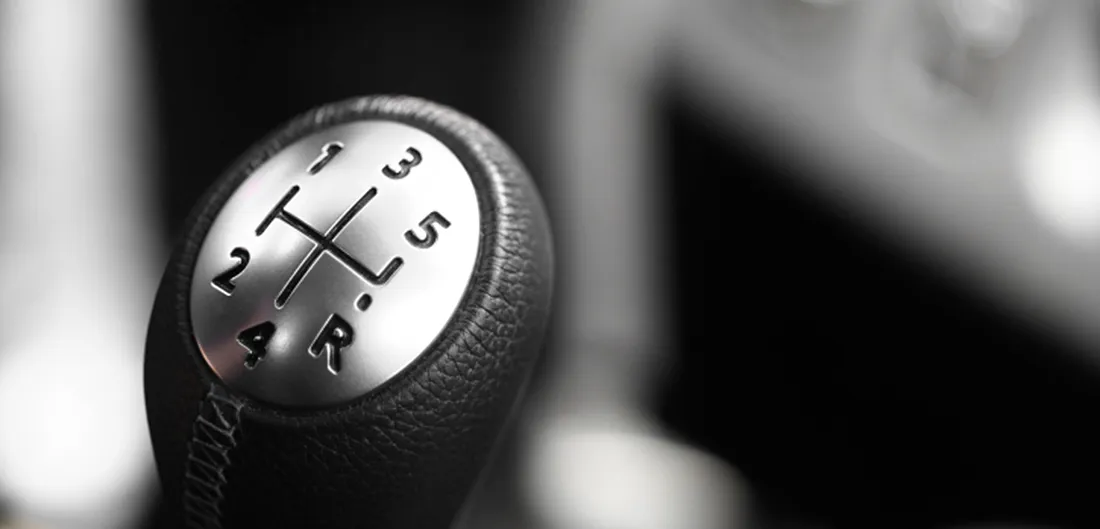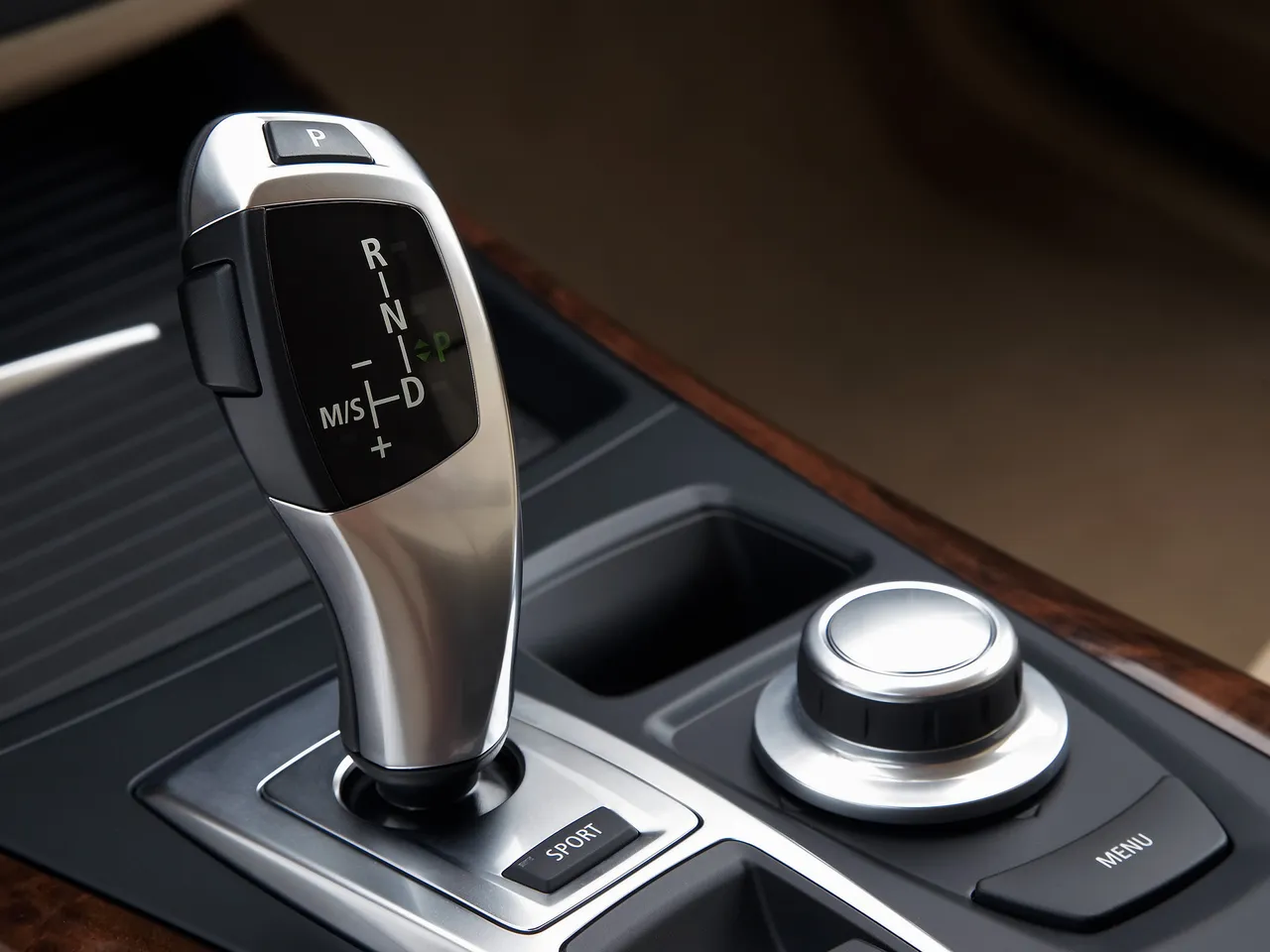Logically, the main purpose of vehicles is for you to get to point B from point A without walking. For your car to do that without having to stay trudging along in first gear, you need a working transmission.

The transmission allows your vehicle to change gears, thereby transferring power from the engine to the drive axle in the most efficient way possible. It does this by gear shifting. In higher gear, the power is reduced while the speed is increased. Lower gear on the other hand, increases available power while decreasing the speed. This is in order to distribute power and speed in the most efficient way possible.
It is then agreeable that transmission is essential to the inner working of any car but there is no general consensus whether manual transmission is better over automatic transmission or the other way around.
Which is really better?
In order to arrive to a better choice, I have listed down below the advantages and disadvantages for both transmissions. You might find one to be perfect in one situation but completely rubbish in other situation. So let's find out where you stand on the transmission debate.
Manual Transmission

If you're one of the people who prefer to be more involved in the inner workings of their vehicle, then stick shift vehicle is what you need -- manual transmission delegates the shifting of engine gears back to the pilot. Manual transmissions predate the newer automatic models, yet they are still favored by many drivers due to the fact that they are:
Cheaper to purchase. If you’re car shopping on a budget, then there’s really no contest between the manual and the automatic. On average, a stick shift vehicle will cost you about a thousand dollars less than its automatic counterpart.
Cheaper to maintain. With all of the added machinery that goes into the automatic transmission, it can end up costing you big bikkies just to keep it running properly. Manual transmission cars require very little maintenance, and generally maintenance and repairs end up being significantly less costly. Be warned, however, because one thing that a manual has that the automatic doesn’t have to worry about is the clutch, and if that thing quits on you, then you could be in trouble.
Better fuel efficiency. Overall, manual transmission engines are less complex, weigh less, and have more gears than automatics. The end result is that you’ll end up getting more kilometers out of the petrol you pump in than you would with an automatic. Manual transmissions have been known to save drivers between 5% and 15% on their fuel costs.
Less likely to be stolen. With the increasing number of automatic transmissions finding their way onto roads, there’s an entire generation that has never learned the finer points of manual transmission operation. This means that should a car-thief decide to give your car a closer inspection in preparation for stealing it, there’s a fairly good chance that simply having a manual transmission will be enough to deter the criminal.
Better control. Automatic transmissions are designed to choose the best gear for any situation, but they tend to err on the side of caution, shifting to too high of a gear and wasting engine power. At the same time, they are built to respond to conditions as they are encountered, which doesn’t allow for drivers to either anticipate an oncoming condition, or to purposely select a lower gear for an added boost of power. Manual transmissions give drivers greater control over the vehicle.
Automatic Transmission

Automatic transmissions have been outshining their manual counterparts for the past few years. Yet, despite their apparent popularity, automatic transmissions are not necessarily a better choice for many drivers. However, they do offer advantages over manual transmissions in several key areas. For example, they are:
Easier to use. Although there’s nothing inherently difficult about shifting gears and working a clutch, it still takes a bit of practice before most drivers are comfortable learning to use each of their limbs independently in order to control a manual transmission vehicle. Automatic transmissions, by comparison, are much simpler and take drivers significantly less time to learn.
Less manually restrictive. Most new drivers are taught that the safest way to drive is to keep both hands firmly on the wheel at all times. This is possible when driving an automatic transmission vehicle, but is not possible with a manual transmission.
Better for hilly areas. If you’re a less experienced driver, you may find that navigating steep inclines in a manual transmission is difficult, especially if you’re attempting to do so from a dead stop. Automatic transmissions take care of this issue, enabling your car to operate efficiently no matter how steep the hill might be.
Greatly reduced risk of stalling. There are few things more embarrassing and awkward than accidentally stalling your vehicle right when the traffic light changes. This isn’t a common problem for those driving automatic transmission, where stalling will only occur if there’s a mechanical problem in the vehicle.
Easier to use in heavy traffic. Overall, more work goes into starting, accelerating, decelerating, and stopping manual transmissions. This isn’t normally a problem, but in heavy traffic where a car isn’t able to get up to speed, drivers may notice that the constant starting and stopping becomes a difficult chore. Automatic transmissions allow the driver to move through heavy traffic without having to do more than push a single pedal.
Basically, automatic transmissions are easier to use and more comfortable for the driver, while manual transmission vehicles are less expensive and more involved.
Of course, there are exceptions to any rule and the only way to be sure which one is right for you is to go for a test drive. After all, you may need to get from point A to point B, but it’s completely up to you how you make the journey!




